- myFICO® Forums
- FICO Scoring and Other Credit Topics
- Understanding FICO® Scoring
- Re: Using all cards and paying in full each month ...
- Subscribe to RSS Feed
- Mark Topic as New
- Mark Topic as Read
- Float this Topic for Current User
- Bookmark
- Subscribe
- Mute
- Printer Friendly Page
Using all cards and paying in full each month vs not using cards
Is your credit card giving you the perks you want?
Browse credit cards from a variety of issuers to see if there's a better card for you.
- Mark as New
- Bookmark
- Subscribe
- Mute
- Subscribe to RSS Feed
- Permalink
- Report Inappropriate Content
Using all cards and paying in full each month vs not using cards
Many people on the forum have recommended that I only carry a small balance on one card each month. But I'm confused about using my 3 other cards - is it better to use them and pay in full each cycle? Or not use them at all?
- Mark as New
- Bookmark
- Subscribe
- Mute
- Subscribe to RSS Feed
- Permalink
- Report Inappropriate Content
Re: Using all cards and paying in full each month vs not using cards
Hi Nutmegger. Glad you have been visiting the forums and hope you stick around.
First off, a pretty important distinction is worth making. Nobody has actually been recommending that you carry a balance, big or small. They have probably been telling you to make sure you are reporting a small balance.
Here's the difference. When you receive your monthly credit card statement, there is an Amount Owed at the top. Suppose that this month that it reads $400. Because that $400 was your balance at the time the statement was printed, virtually all credit card issuers will report that amount (whatever it is) to the three credit bureaus. If you pay all $400 of it, you are paying it in full, which is often abbreviated PIF.
But you don't have to pay all $400. If you pay less, such as $100, then the remainder ($300) is carried over to the next statement, and you will have to pay interest on it.
So to pay in full means you are not carrying a balance. To PIF also means you do not pay interest. You typically have something like 25 days after the statement prints to pay in full, if you want to avoid interest.
Now to get to your other question:
"I'm confused about using my 3 other cards - is it better to use them and pay in full each cycle? Or not use them at all?"
Depends on what you mean by better. Suppose you are trying squeeze out every possible extra scoring point, perhaps because you are about to buy a house or apply for a very hard to get credit card, or whatever. In that case, you want to make sure that three of your four cards report $0 with one card reporting a small positive balance.
Do note, however, that that doesn't have anything to do with how much you are using your cards. The cards that report $0 you might be using a lot. And that is because to make a card report $0 you just pay it down to $0 shortly before the statement prints -- and then don't use it again until after the statement prints. The same for making a card report $20 -- doesn't mean you only spent $20 on that card that month.
So... that's the recommendation if you are trying to squeeze out every possible extra FICO point. But most of the time you don't need your scores to be perfect. Because you are not using them for anything. So most months you can if you like just use your cards naturally and not worry about how many have a positive balance, or even worry about your utilization. (As long as you are keeping each card below 50% and your total utilization below 30%.) Then, any time you want to see how high your score can be, just pay all of them to zero except one (AZEO) and make that one card report a small balance.
- Mark as New
- Bookmark
- Subscribe
- Mute
- Subscribe to RSS Feed
- Permalink
- Report Inappropriate Content
Re: Using all cards and paying in full each month vs not using cards
@Anonymous wrote:Many people on the forum have recommended that I only carry a small balance on one card each month. But I'm confused about using my 3 other cards - is it better to use them and pay in full each cycle? Or not use them at all?
Use them as much as you want, but for optimal scoring pay most of them down to zero before the statement cuts.



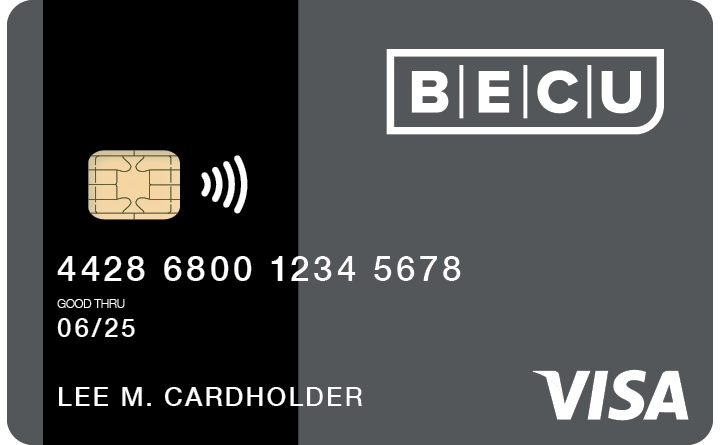

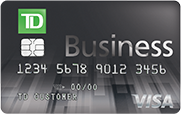
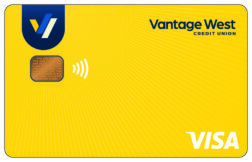
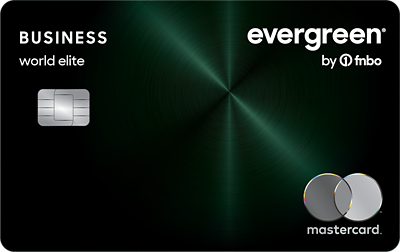



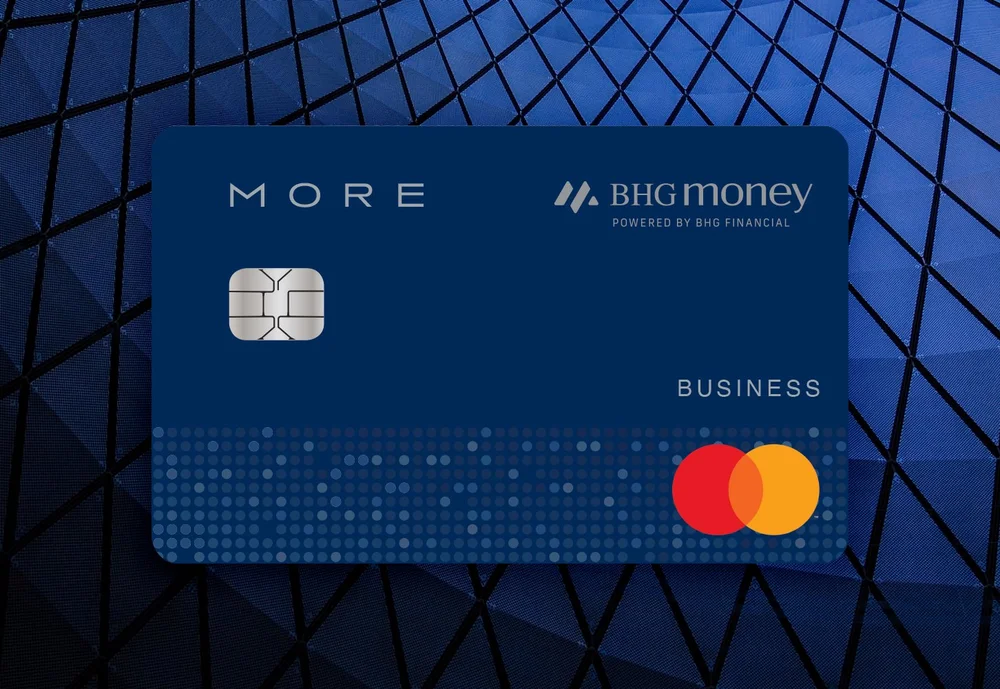
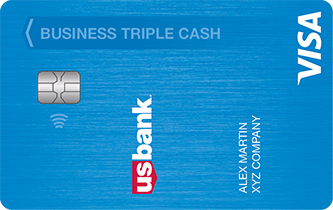

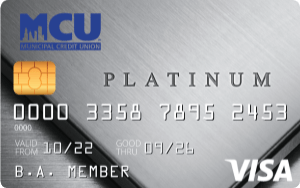
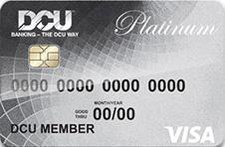
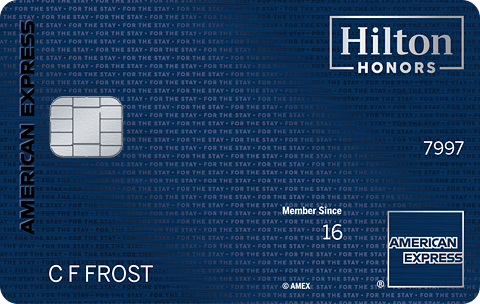
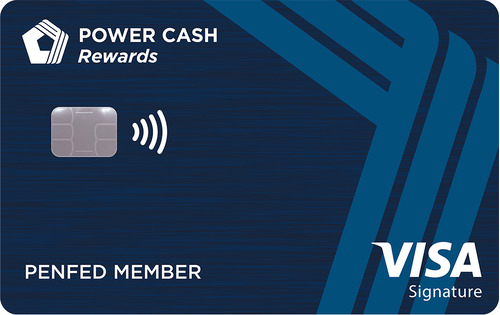
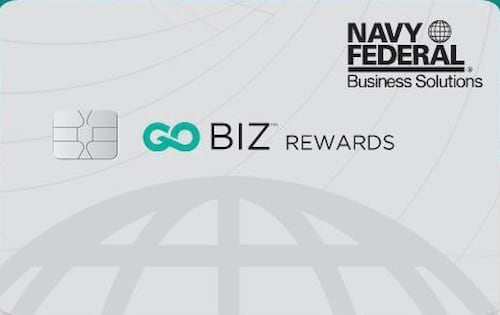
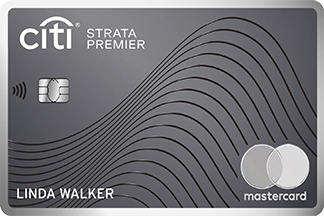
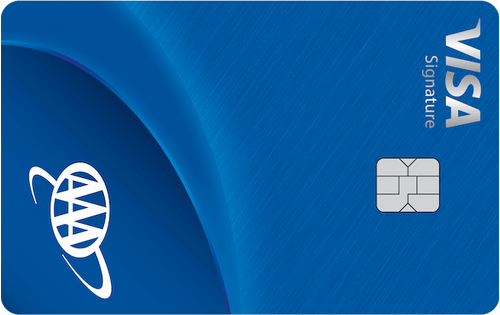

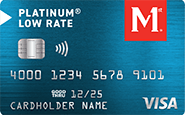
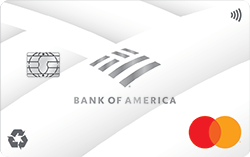

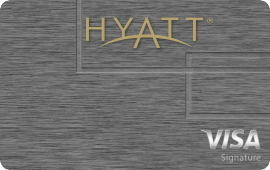
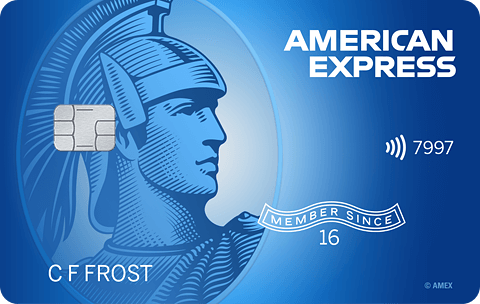
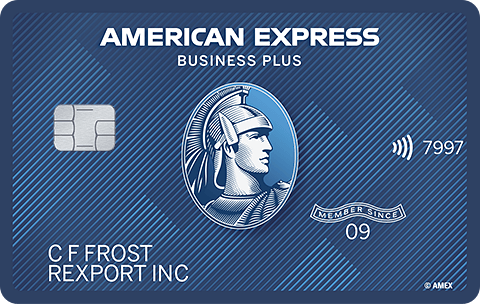



Total revolving limits 568220 (504020 reporting) FICO 8: EQ 689 TU 691 EX 682
- Mark as New
- Bookmark
- Subscribe
- Mute
- Subscribe to RSS Feed
- Permalink
- Report Inappropriate Content
Re: Using all cards and paying in full each month vs not using cards
My head is spinning. I'm not sure what paying in full means. Does it refer to the current balance, the statement balance or the minimum balance? And I don’t know when to pay might be. Is it by the statement date, right after the statement date, the due date or three days before due date?
- Mark as New
- Bookmark
- Subscribe
- Mute
- Subscribe to RSS Feed
- Permalink
- Report Inappropriate Content
Re: Using all cards and paying in full each month vs not using cards
@Anonymous-own-fico wrote:My head is spinning. I'm not sure what paying in full means. Does it refer to the current balance, the statement balance or the minimum balance? And I don’t know when to pay might be. Is it by the statement date, right after the statement date, the due date or three days before due date?
Short answer:
PIF refers to paying in full the Amount Owed that appears on the top of the statement. It has nothing to do with the current balance on the card. To PIF is therefore done after the statement prints, typically 1-25 days after the statement prints.
PTZ (Pay To Zero) refers to paying the current balance down to zero and to do so at least a day before the statement prints.
Some people will use PIF as a loose term covering both strategies. Thus, some might say, "I have 5 credit cards, I use all 5, and I always PIF." They might mean that the they PIF two and PTZ three. But ideally PIF should be confined to the first usage, in my opinion, just to avoid confusion.
Longer answer:
PIF is an abbreviation for Pay In Full. This, in turn, is itself an abbreviation of a much longer phrase, namely "Pay In Full the Amount Owed which appears at the top of your CC statement." So....
When the statement prints, it will have an Amount Owed at the top of it. This will be your current balance plus any fees and interest you may have accrued. That amount is reported to the three credit bureaus.
After the statement prints, you have 25 days (roughly) to pay it. (The date by which all your payments must be made is called the Due Date, and it is roughly 25 days after the statement date.)
If you pay all of the Amount Owed, you have Paid In Full and you will be charged no interest. If you pay less than the amount owed, but at least the Minimum Payment, than you will carry the difference onto the next statement and you will be charged interest on that remainder. I give a clear example in my previous post on this thread.
Another strategy people can employ is to pay a card down to zero (Pay To Zero or PTZ) shortly before the statement prints and then not use the card again until after the statement prints. PTZ also prevents you from paying interest since there is a $0 balance at the time of statement.
- Mark as New
- Bookmark
- Subscribe
- Mute
- Subscribe to RSS Feed
- Permalink
- Report Inappropriate Content
Re: Using all cards and paying in full each month vs not using cards
@Anonymous-own-fico wrote:My head is spinning. I'm not sure what paying in full means. Does it refer to the current balance, the statement balance or the minimum balance? And I don’t know when to pay might be. Is it by the statement date, right after the statement date, the due date or three days before due date?
1. Paying in full means paying the current balance in full.
2. If you pay prior to the statement cut, it won't show up in your statement balance.
3. FICO score utilization is usually based on the statement balance.































Total revolving limits 568220 (504020 reporting) FICO 8: EQ 689 TU 691 EX 682
- Mark as New
- Bookmark
- Subscribe
- Mute
- Subscribe to RSS Feed
- Permalink
- Report Inappropriate Content
Re: Using all cards and paying in full each month vs not using cards
Hi - back to the original question, for maximum FICO points, is it better to USE every card each month, then pay off the amounts before the statement prints, or NOT USE them at all? Will my credit card companies penalize me if I don't use them? And also, will they penalize me in any other way if I use them and pay them off before the statement prints?
- Mark as New
- Bookmark
- Subscribe
- Mute
- Subscribe to RSS Feed
- Permalink
- Report Inappropriate Content
Re: Using all cards and paying in full each month vs not using cards
@Anonymous wrote:Hi - back to the original question, for maximum FICO points, is it better to USE every card each month, then pay off the amounts before the statement prints, or NOT USE them at all? Will my credit card companies penalize me if I don't use them? And also, will they penalize me in any other way if I use them and pay them off before the statement prints?
FICO doesn't care, unless they're all $0. Revolving utilization is instant in time, prior balances or non-balances don't matter.
If you don't use them lenders will likely eventually close them.
If you use them and pay off before your statement, you'll be fine.
If you can control your spending (a credit card is designed for short term float, think of it as cash and you will be fine), I'd suggest running your entire financial life through your cards, take the rewards and all the other benefits.





















- Mark as New
- Bookmark
- Subscribe
- Mute
- Subscribe to RSS Feed
- Permalink
- Report Inappropriate Content
Re: Using all cards and paying in full each month vs not using cards
Okay...You have two issues here:
1. For maximum scoring you need to play the "One card small balance, all other cards report $0" game. This will optimize your scores as far as the Credit Reporting Agencies are concerned. (Equifax, Trans Union, Experian)
2. To be seen in a good light by your lenders you want to use all your cards every month. This builds a lender's trust in you and they will be more inclined to give you credit line increases when you request them. Some lenders, like Walmart, require you to have at least 3 "reported" balances between credit line increases. (You don't use our card and let it report, you don't get a credit line increase!)
You are being confused by the payment dates. The card that reports a small balance every month should be your "go to" card. This should be your best card that has a chance of getting high credit lines. It's like if you have a choice between a Discover card or a Walmart card. You would want the Discover card to report every month because you have a much better chance at eventually getting a $20K credit limit with Discover than Walmart.
So...
The reporting card probably needs to be paid twice a month. Pay it once, at least 3 days BEFORE the due date to set the reporting balance and then only use the card lightly until 4 days AFTER the due date. Once the new statement is printed go back and pay the small balance on this card to $0.
You need to pay all the cards you want to report $0 in this way: Pay the balances to $0 at least 3 days BEFORE the due date and don't use the card until the new statement is printed which is usually 3 to 5 days AFTER the due date. EDIT: The statements for these cards should read $0 or you are doing something wrong.
Now...This is important...You only need to play these reporting games if you want to see how high you can get your scores or if you want to "groom" your scores for an upcoming credit application in the next month. If you are not grooming your scores, you can just use all your cards and make sure to pay all the balances in full after the statement is printed each month.
The only time that grooming your scores is EXTREMELY important is when you plan an applying for an auto loan or mortgage. Both auto loans and mortgages set your interest rate by how high your credit score is. You can save hundreds of dollars on an auto loan or thousands of dollars on a mortgage by having a high credit score.
Starting Score: EQ 653 6/21/12
Current Score: EQ 817 3/10/20 - EX 820 3/13/20 - TU 825 3/03/20
- Mark as New
- Bookmark
- Subscribe
- Mute
- Subscribe to RSS Feed
- Permalink
- Report Inappropriate Content
Re: Using all cards and paying in full each month vs not using cards
@SouthJamaica wrote:
@Anonymous-own-fico wrote:My head is spinning. I'm not sure what paying in full means. Does it refer to the current balance, the statement balance or the minimum balance? And I don’t know when to pay might be. Is it by the statement date, right after the statement date, the due date or three days before due date?
1. Paying in full means paying the current balance in full.
2. If you pay prior to the statement cut, it won't show up in your statement balance.
3. FICO score utilization is usually based on the statement balance.
Hi SouthJ! That's an idiosycratic definition. If a person says he pays his cards in full each month, what he almost certainly means is that he is paying his statement balance in full. He might additionally pay more (perhaps one person's style might be to pay to zero each time) but all he's claiming by using that phrase is that he paid at least the balance on the statement.
For example, suppose my last three Citi DoubleCash statements were for $300, $500, and $200 -- and I am on autopay which caused Citi to debit my checking account for $300, $500, and $200. It would be true for me to say that I have been paying my DC card in full -- even though at the instant that Citi debited my checking account, my card balance was higher than the amount I paid.
By your definition I would not be paying my card in full, and I think that definition is idiosyncratic -- so different from common usage to be not the best definition.